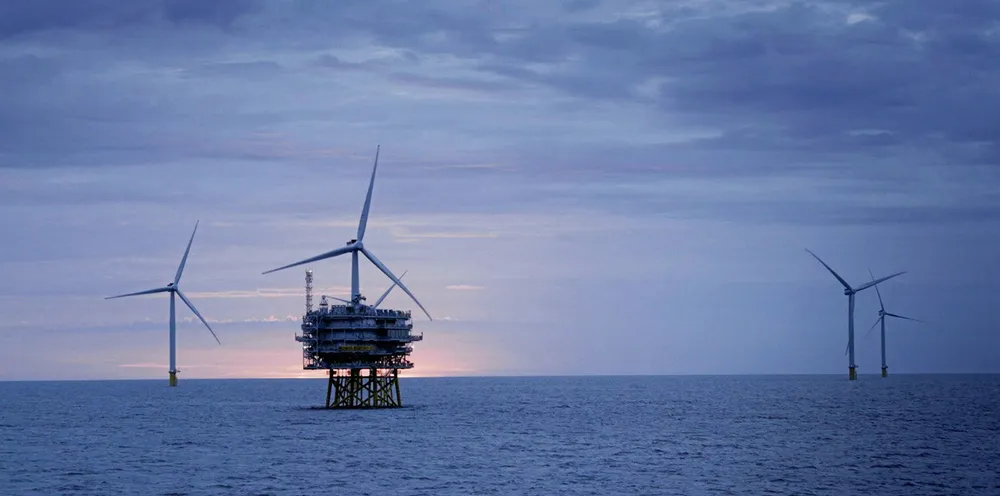Orsted's $500m cable headache, Big Oil's green case, and America's grid challenge
Our weekly curation of the must-read news and analysis from the-week-that-was in the global renewables industry

Our weekly curation of the must-read news and analysis from the-week-that-was in the global renewables industry
